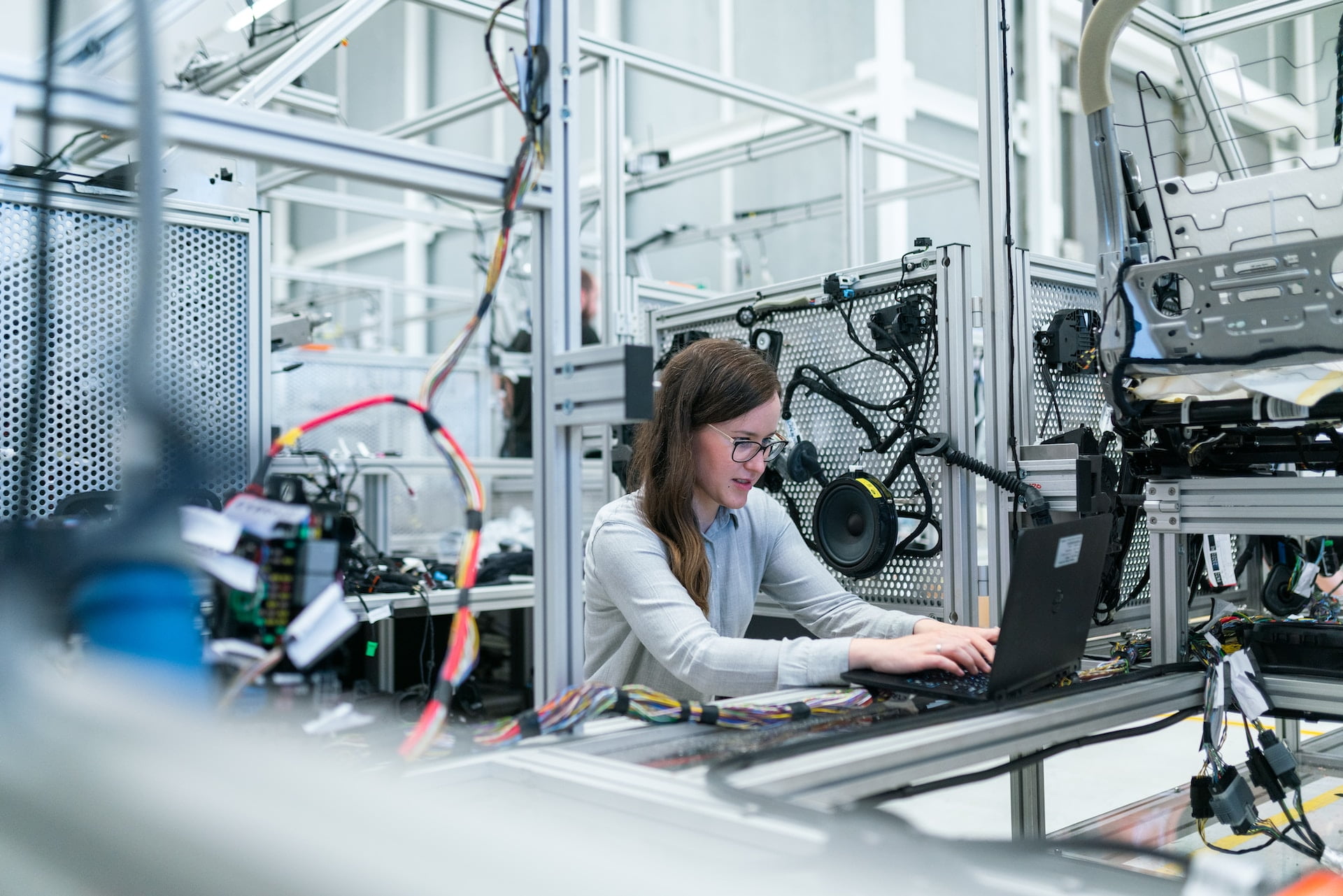Tata Communications, a global digital ecosystem enabler, today announces the launch of its global, cloud-based 5G Roaming Laboratory (Lab), enabling Mobile Network Operators (MNOs) to trial 5G standalone network use cases before introducing the service to their subscribers. With this, Tata Communications is harnessing the potential of 5G to help reimagine mobility experiences for mobile network operators benefitting their consumers, and enterprise customers.
Tata Communications cloud-based 5G Roaming Lab trials the international mobile roaming experience by closely monitoring traffic movement and network usage for giving the highest quality of experience to mobile phone users while roaming. Its tests get an objective performance assessment across networks, connected in the exchange process while a user is roaming. This also includes onboarding and internet trials on the high-speed, high-reliable and low-latency 5G standalone network.
The new Tata Communications 5G Roaming Lab is specially designed keeping safety at the heart of its operations. It is equipped with hi-tech server applications that provide high-speed and seamless 5G roaming connectivity along with network security. Agile and secure network is critical considering 5G adoption is accelerating globally with GSMA predicting 5 billion 5G connections by 2030 (Source: The Mobile Economy 2023 (gsma.com).
“Connectivity is a key ingredient in today’s fast-paced digital world. An internet that is fast, secure and available at all times is of paramount importance to customers, whether they are individuals or an enterprise. We are excited to introduce our newest capability in 5G roaming testing ensuring MNO customers are receiving proven services,” said Mysore Madhusudhan, Executive Vice President, Collaboration and Connected Solutions, Tata Communications. “By ensuring that the tests can take place across geographies, enhances the flexibility available to MNOs for delivering superior and agile services. Armed with fast and uninterrupted connectivity, this generation will accelerate a lot faster than its predecessors!”





